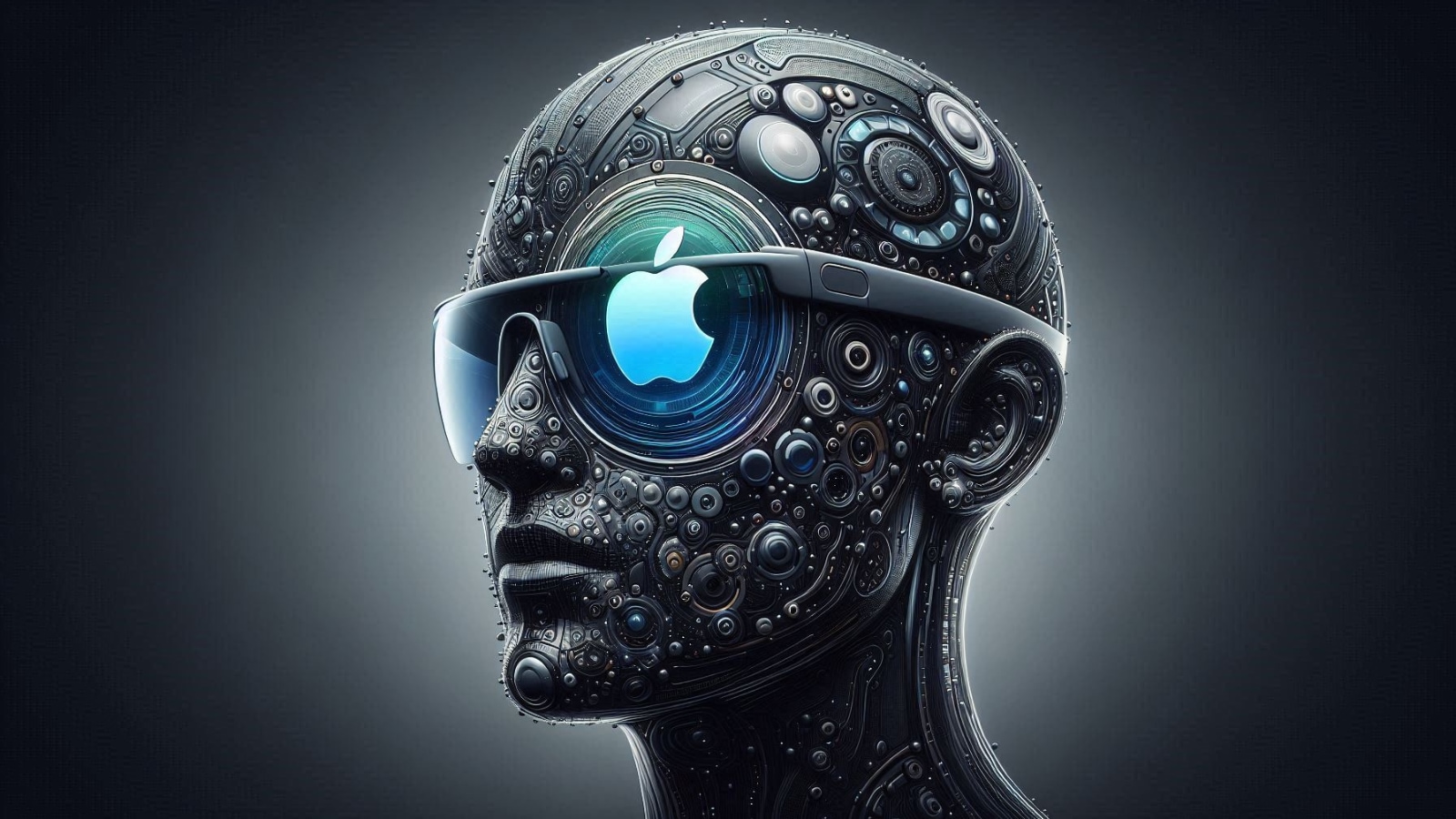AI-enhanced Apple smart glasses set for 2026 release
Optimistic renders of what Apple Glass could look like – Image Credit: AppleInsider
The long-rumored Apple Glass smart glasses will reportedly hit store shelves by the end of 2026, with Apple planning for them to be part of its overall AI push.
Apple’s smart glasses initiative has been repeatedly rumored, with the potential of a simplified form of Apple Glass arriving in late 2026 or early 2027. Now, it seems that Apple is really trying to get the head-mounted devices out in late 2026, and with more of an AI twist.
According to an employee of Apple speaking to Bloomberg on Thursday, Apple is planning to lean towards a release in late 2026, instead of allowing it to slip into 2027.
The version that will arrive at that time won’t be the full-fat Apple Glass experience that has been rumored about, involving augmented reality. Instead, it will be a version that more closely resembles the Ray-Ban Meta eyewear.
While following in the footsteps of Meta, Apple’s will differ considerably, the employee adds. It will allegedly be “better made” than Meta’s effort.
The report says that Apple is putting more work into making the smart glasses a reality and to do so on time. This apparently involves the creation of “large quantities” of prototype glasses before the end of 2025, which will be used for testing ahead of mass production.
As for what the smart glasses will do, it is thought that they will include cameras and microphones, allowing for Apple’s AI systems to see the world for queries. They will also have fairly similar features to Meta’s glasses, such as being able to record video and take photos, handle phone calls and music playback, and even aid in navigation.
Digital assistant Siri will obviously be involved with the glasses, which should also be in a greatly improved form by the time they launch. As for processing, Apple is rumored to be working on new chips for the glasses, which will be power efficient and help keep the glasses lightweight.
The release will also be a precursor to the full AR-based version that Apple is still working on.











